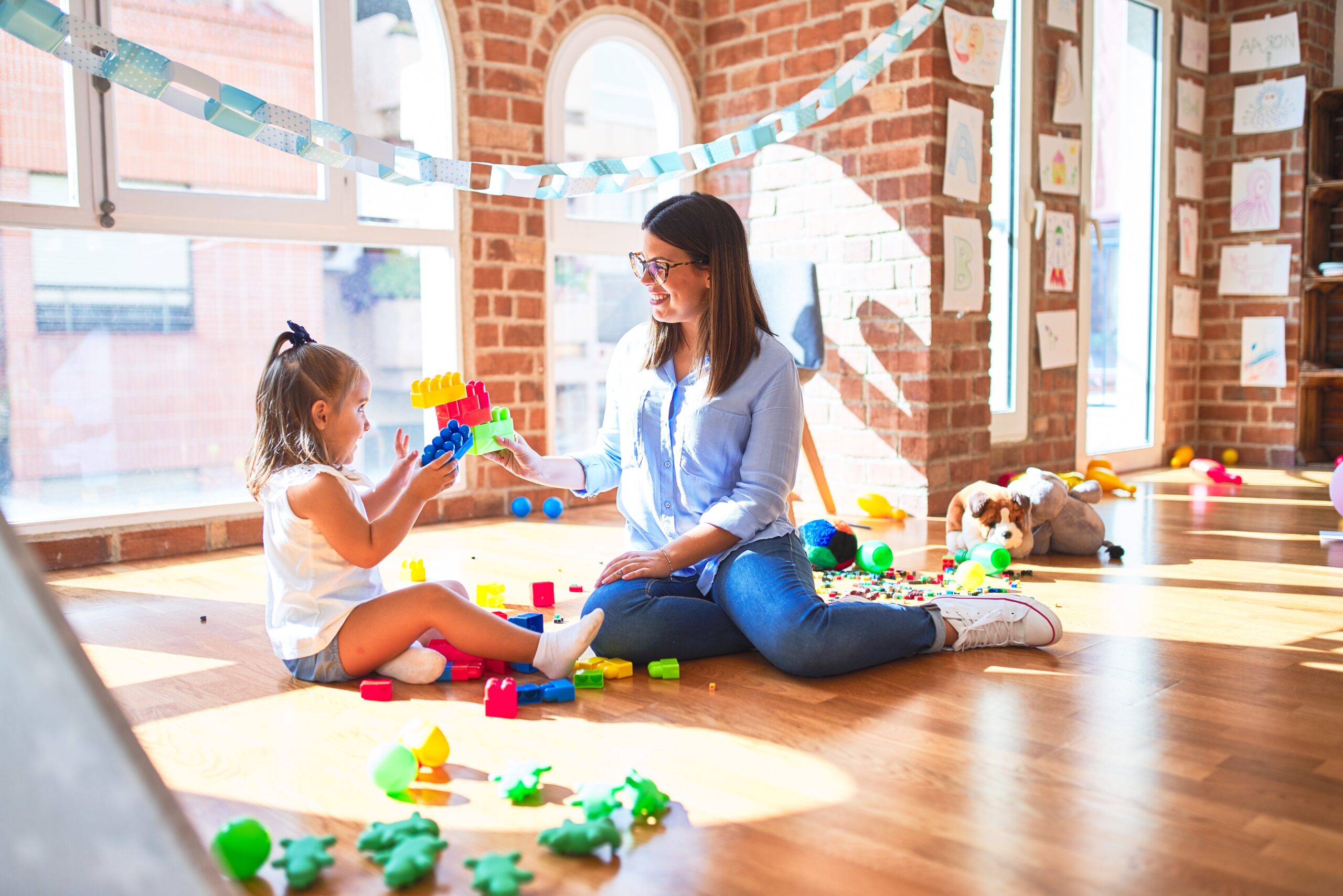Applied Behavior Analysis (ABA) therapy is a highly effective approach for supporting children with autism. One foundational technique within ABA is “pairing.” Pairing is the process of associating the therapist and learning environment with positive reinforcement. Our goal is to help you understand and harness the power of pairing to create a positive and productive therapeutic experience for your child.
What is Pairing in ABA Therapy?
Pairing involves creating a positive association between the therapist (or therapy setting) and enjoyable experiences for the child. Essentially, the therapist becomes a source of fun, comfort, and positivity. This helps the child feel safe and motivated to engage in therapy sessions.
The Importance of Pairing for Children with Autism
- Building Trust: Pairing helps establish trust between the child and the therapist, which is essential for effective learning and behavior change.
- Increasing Motivation: When the therapist is associated with positive experiences, the child is more likely to be motivated and engaged during therapy sessions.
- Reducing Anxiety: A strong, positive relationship with the therapist can reduce the child’s anxiety and resistance to therapy.
- Enhancing Learning: A child who feels safe and happy is more receptive to learning new skills and behaviors.
How Pairing Works in ABA Therapy
- Initial Sessions: The initial therapy sessions focus on fun activities that the child enjoys, with minimal demands. This could include playing with favorite toys, engaging in preferred games, or enjoying snacks.
- Positive Reinforcement: The therapist uses positive reinforcement, such as praise, treats, or preferred activities, to create a pleasant association.
- Gradual Introduction of Demands: Once a strong positive relationship is established, the therapist gradually introduces learning tasks while continuing to reinforce positive behavior.
- Ongoing Pairing: Pairing is not a one-time process. Continuous effort is made to maintain a positive relationship throughout the therapy.
Tips for Parents to Support Pairing at Home
- Consistency is Key: Ensure that the same positive reinforcement techniques used in therapy are applied at home.
- Identify Motivators: Understand what your child enjoys and use these activities or items as rewards.
- Be Patient: Building a positive association takes time. Be patient and consistent in your approach.
- Collaborate with the Therapist: Maintain open communication with your child’s therapist to align strategies and reinforce progress at home.
Embracing the Power of Pairing in Autism
Parents who have effectively implemented pairing techniques often see significant improvements in their child’s engagement and progress in ABA therapy. Pairing is a fundamental aspect of ABA therapy that sets the stage for successful intervention. By creating a positive, trust-filled relationship between the child and the therapist, pairing helps reduce anxiety, increase motivation, and enhance learning. As parents, supporting the pairing process at home can reinforce these benefits and contribute to your child’s overall progress.
Are you interested in learning more about how ABA therapy and pairing can benefit your child with autism? Contact us today at 855-444-5664 to speak with our experienced team. Visit our website to explore our services and fill out an intake form to begin the journey toward building a positive and effective therapy experience for your child.
Additional Resources
By understanding and applying the principles of pairing in ABA therapy, you can help create a supportive and motivating environment that fosters your child’s growth and development.
Checkout our Blog page for more informative resources like How ABA Therapy Can Help Learners Acquire Vocational Skills, Understanding the Importance of Early Intervention, and Creating Visual Schedules Help Smooth Transitions and Routines.


